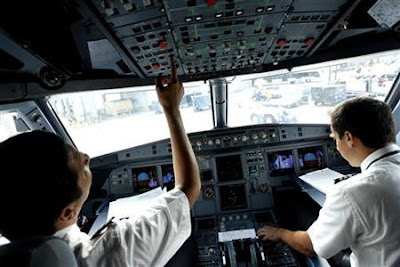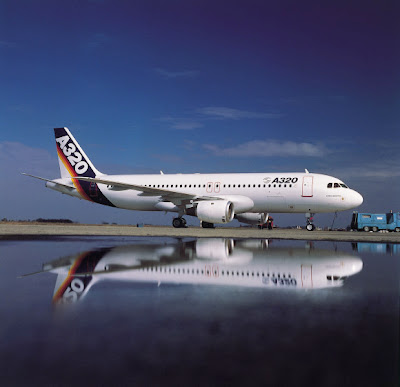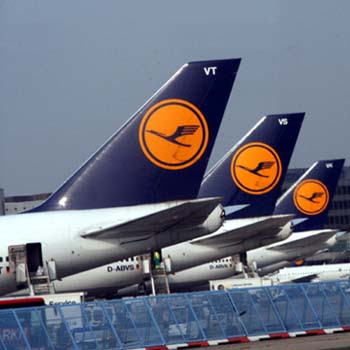Google spent less than $2bn to buy 79 businesses in 2011, the largest being its $700m cash purchase of flight data specialist ITA Software. "By combining ITA's expertise with Google's technology, we'll be able to develop exciting new flight search tools for all our users," Google says.
Within five months of the deal closing in April 2011, Google launched Google Flight Search (GFS) in the USA. GFS, which despite being live is officially still in testing, searches inventory and fares from airline websites, giving users a direct link to the airline's booking page. At the moment GFS is limited to major airlines and key domestic routes, but it includes filters so users can search by budget, departure times and location-specific tools. In its current form, it presents a clear idea of how powerful it might be once more airlines become involved. GFS does not have a presence in Europe, although Google's official soundings promise an international roll-out.
Ian Tunnacliffe, an independent IT consultant, believes Google is serious about becoming a major player in airline distribution. "Arguably, with so many large online travel agencies (OTAs) dependent on traffic from Google's natural and paid search, it already is," he adds.
































